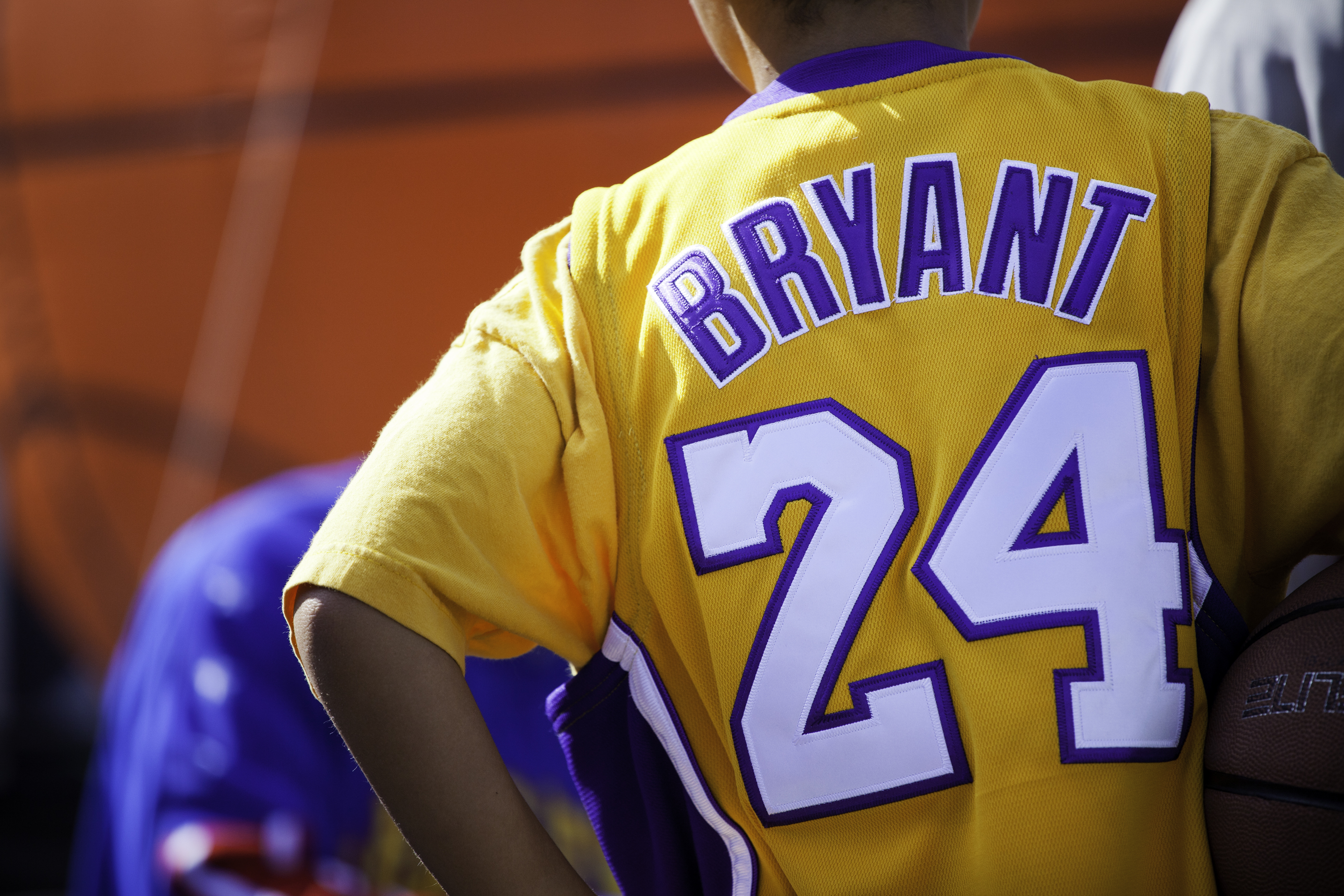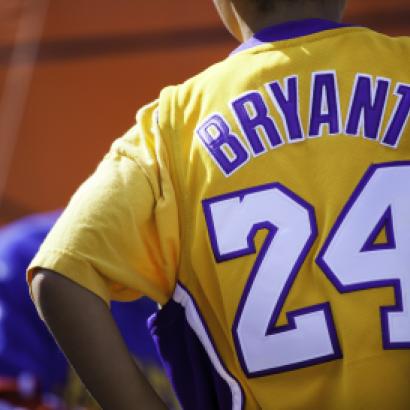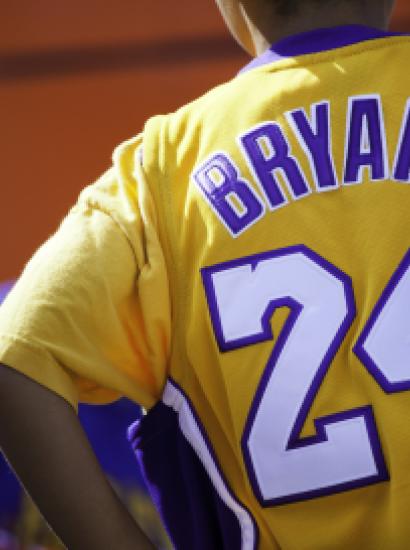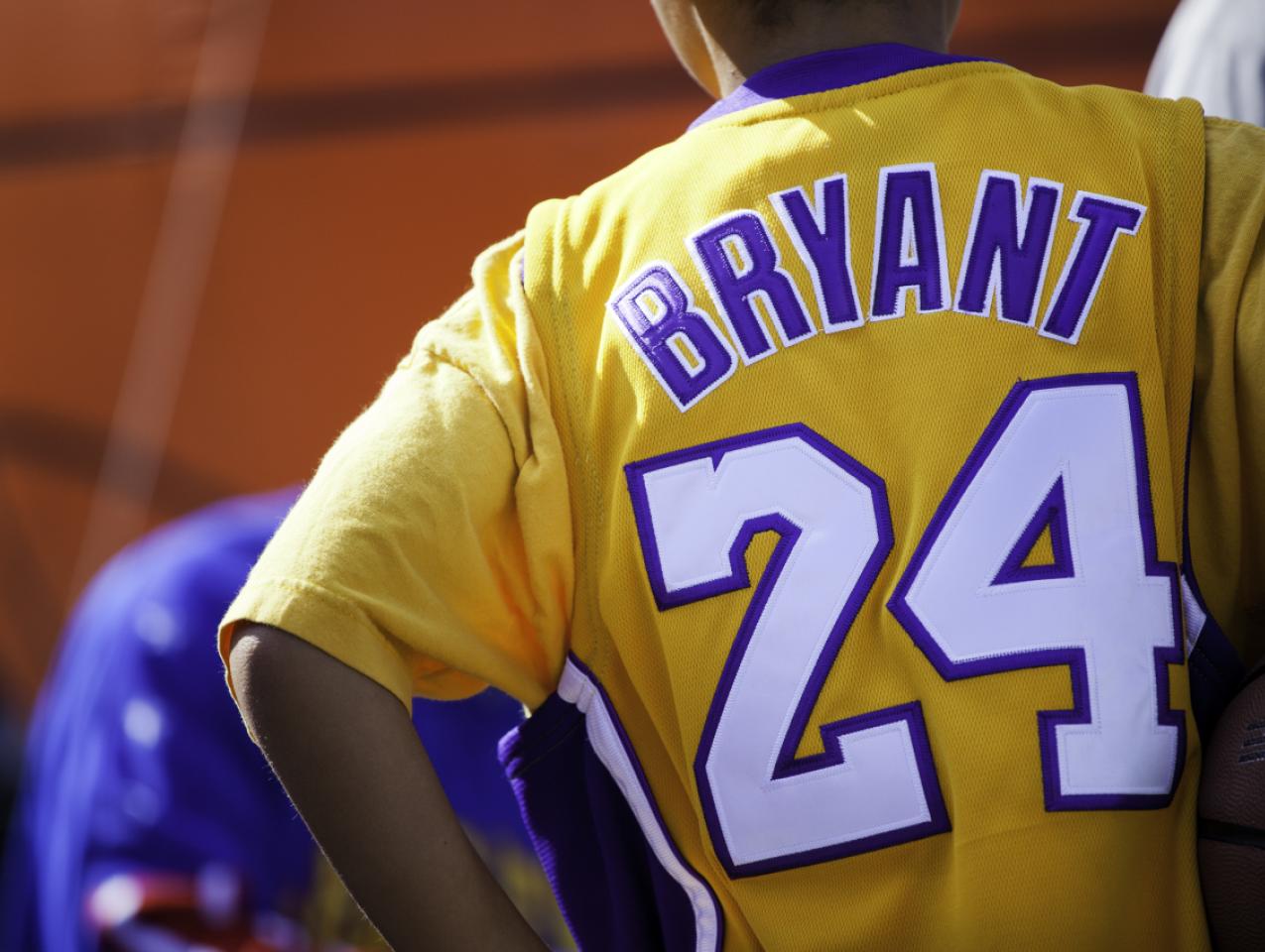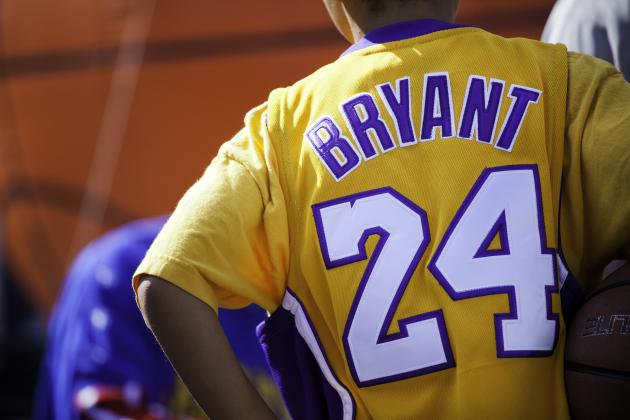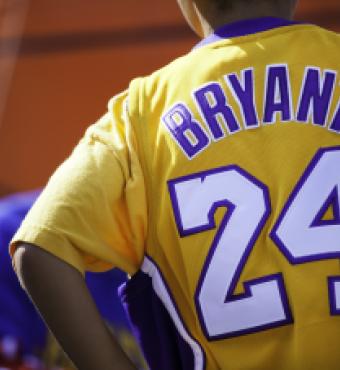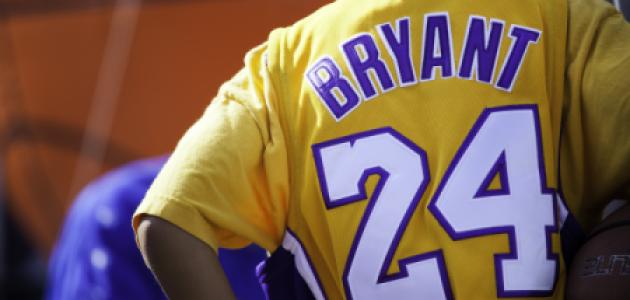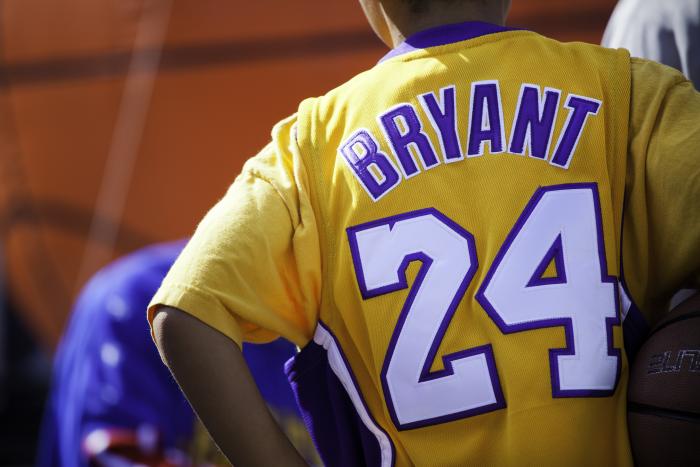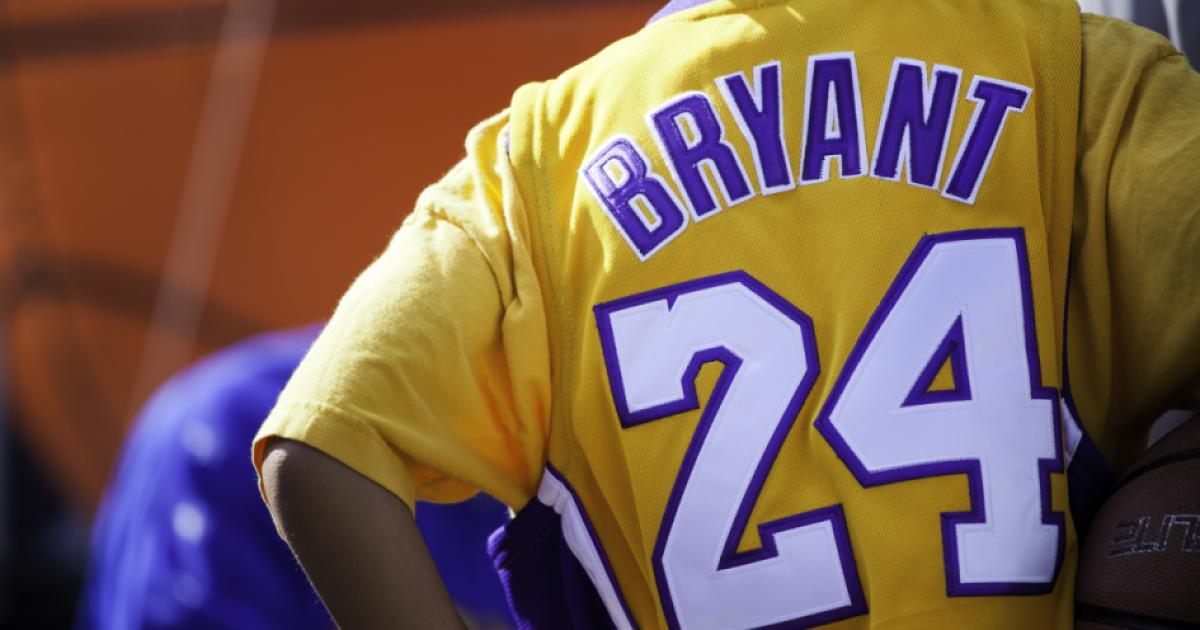- Politics, Institutions, and Public Opinion
- State & Local
- California
- Law & Policy
- Civil Rights & Race
Not that there’s a positive to come from a tragedy that takes the lives of nine adults and adolescents, but so far the deaths of basketball great Kobe Bryant, his daughter Gianna, and their seven helicopter copassengers and pilot hasn’t prompted an overreaction on the part of California state or local government.
To his credit, Los Angeles mayor Eric Garcetti offered the Bryant family the city’s support in funeral planning, as well as a public memorial service that may end up at LA’s Memorial Coliseum given the bow wave of sympathy (the outdoor stadium has a seating capacity four times that of Staples Center, where Bryant played for the Los Angeles Lakers).
Meanwhile, there was no immediate government-fueled gesture such as renaming a city street in Bryant’s honor (last May, the city renamed a four-mile stretch of Rodeo Road, which runs through a historic black neighborhood, in honor of Barack Obama).
Further to the north, the government in Sacramento had a muted response to Bryant’s death. Gov. Gavin Newsom, likewise a father with multiple young children, issued a staid statement. As for California’s State Legislature, there was no immediate legislative remedy to the notion of helicopters crashing into rugged Southern California terrain on a foggy Sunday morning.
It’s not that California lawmakers care not for famous individuals who suffer a tragic fate.
Two decades ago, in the aftermath of Princess Diana’s death, actor George Clooney pushed for a crackdown on paparazzi (Diana having died in a car crash during which she’d been hounded by photographers). Thanks to Clooney’s persistence, then governor Pete Wilson signed a law that re-defined the concept of “invasion of privacy” to include trespassing with the intent to capture audio or video of a celebrity.
The bill made for interesting bedfellows (People magazine’s “Sexiest Man Alive” coupling with decidedly unsexy lawmakers), plus this set of adversaries: the Screen Actors Guild and Directors Guild of America versus media outlets that claimed an infringement on their First Amendment rights.
Bryant’s death was as shocking as Diana’s was back in 1997. However, air safety is a federal responsibility. Indeed, California representative Brad Sherman—it’s his district that Bryant’s helicopter flew over before it crashed in Calabasas while headed to Camarillo Airport in Ventura County—has introduced a congressional measure that would require helicopters to carry a Terrain Awareness and Warning System (Bryant’s helicopter lacked such technology).
This doesn’t mean that Sacramento won’t honor Bryant in some capacity in 2020. With that in mind, circle November on your calendar. It’s when the governor and his spouse, the First Partner, likely will announce this year’s inductees to the California Hall of Fame.
Bryant could be in the next class.
About the Hall: it was established in 2006 by California’s then First Lady Maria Shriver. According to its website, the purpose is honor “legendary people who embody California’s innovative spirit and have made their mark on history.” Those “legendary” folk? Individuals who “come from all walks of life and have made distinguished achievements across a variety fields, including the arts, education, business and labor, science, sports, philanthropy and public service.”
Fair enough.
But after 13 classes of inductees, there are at least two obvious problems with this Sacramento shrine (the California Hall of Fame sits on the second floor of the March Fong Eu Secretary of State Building, which is a five-minute walk from the State Capitol).
Problem one: the definition of “Californian.”
Let’s take the case of actor/activist Robert Redford, a 2018 inductee. Redford has a long Hollywood career and a California footprint (in January 2019, he sold his secluded Napa estate). But to think of Redford is to also think of Sundance—6,000 acres of land at the base of Mount Timpanogos in Utah’s Wasatch Mountains, which Redford bought a half-century ago and developed into site hosting a film festival and such other endeavors as clothing and jewelry goods.
One could argue Redford is a “Californian” by dint of career arc and land possessions. However, his heart may be in Utah. (I’d add actors Warren Beatty and Jack Nicholson, as well the late Elizabeth Taylor, to the list of California Hall of Fame inductees whose famous names don’t necessarily evoke thoughts of California).
The other Hall problem: balance.
This was always going to be a problem given who decides whom to honor: California’s governor and his/her partner choosing from a master list of candidates (individuals who can claim at least five years of residency).
Such a system opens the door to cronyism. Then governor Arnold Schwarzenegger, for example, tapped fellow fitness enthusiast Jack LaLanne and bodybuilding businessman Joe Weider (a mentor to Schwarzenegger in his bodybuilding and early acting days). The same’s true of Arnold’s successor, Jerry Brown. In 2018, he selected the recently deceased Nancy McFadden, Brown’s chief of staff during his return to the governor’s office.
Moreover, the system allows for a governor to decide immortality based on one’s ideology and agenda.
Take, for example the most recent class of California Hall of Famers, admitted last December. Among the 10 inductees: the drag queen RuPaul Andre Charles (“There is perhaps no one person that has done more to dismantle the limiting ‘man box’ we put our boys and men into than RuPaul,” declared California First Partner Jennifer Siebel Newsom).
Also in the 2019 class of inductees: actor George Lopez; Rev. James Lawson (the civil rights activist lived in Los Angeles from 1974 to 1999); Japanese internment author Jeanne Wakatsuki Houston; and soccer player Brandi Chastain. In sum, it’s a vision of California that’s decidedly woke and seemingly strategic in its blend of race and gender—a coastal-blue definition of California’s history in which identify is weighed alongside innovation and integrity.
What then to do with this institution?
It would help if California governors thought in more populist terms. While there’s a spot in the California Hall of Fame for the three-star chef Thomas Keller, owner of the French Laundry (an ultra-exclusive Wine Country restaurant), what about Rich Synder, the In-N-Out fast-food magnate who, like Kobe Bryant, died at age 41 in a Southern California aviation accident? I’m willing to wager that more visitors to the California Hall of Fame have devoured an In-N-Out “double-double” than they have the French Laundry’s nine-course tasting menu.
In future Hall considerations, California governors must also avoid the urge to place political correctness ahead of historical significance. At a time when Newsom and other Democratic governors want to crack down on or undermine fracking, what about Edward Doheny (you’ll see his surname if you drive through Beverly Hills)? Doheny discovered oil in California 1892, setting off a drilling spree that defined the Southern California economy until show business came along.
And while Kobe Bryant makes sense as a Hall inductee, given that he meant more to the state (and the world) than just basketball, what about Joe DiMaggio, an avatar of the Italian-American experience in San Francisco (why not admit him along with Marilyn Monroe)? Or, for that matter, Sandy Koufax, who like current Hall member Willie Mays was critical in helping major-league baseball transition to the West Coast?
The answer: those individuals aren’t click-bait—they don’t fit into talking points as to what a hip and enlightened California should embody: blended race and haute cuisine (reservations for the French Laundry, like California’s housing market, both short in supply and for too many an unaffordable dream).
Newsom gets to choose his second class of Hall of Fame inductees later this year. If he manages to place historical significance ahead of ideological tilt and political correctness, what an all-star moment it would be for California.







